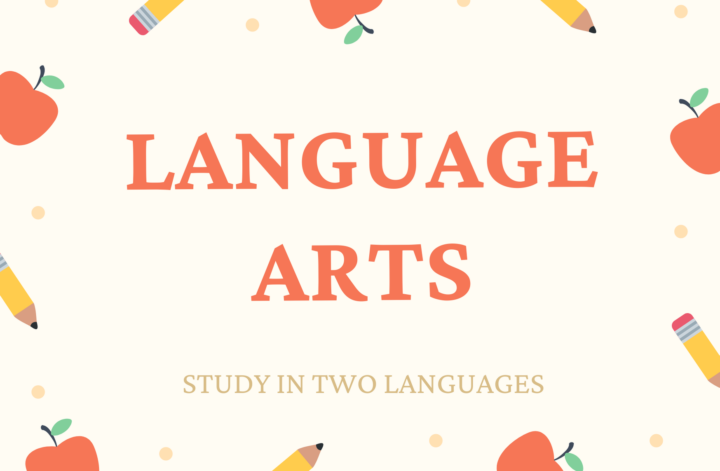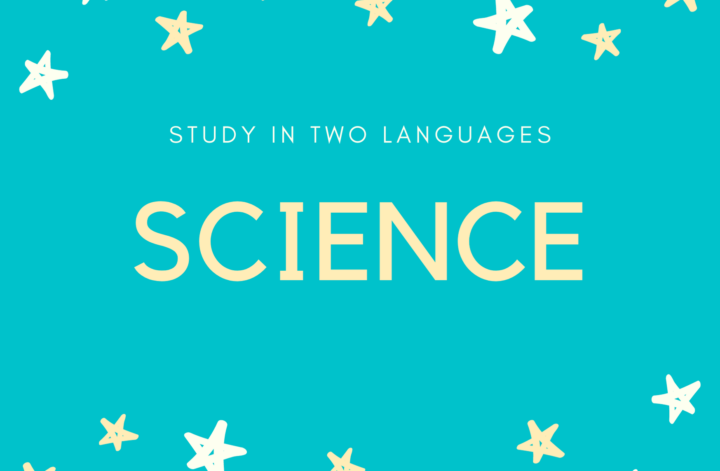Different kinds of energy sources are used to generate electricity. Fossil fuels are traditional energy sources. These fuels will eventually run out. Also, they release carbon dioxide into the air. On the other hand, alternative energy sources are renewable, and they do not release carbon dioxide.
<Traditional energy sources>
Fossil fuels: Come from ancient plants and animals. They include coal, oil, and natural gas.
<Alternative energy sources>
Hydropower: Comes from water flowing through dams.
Wind power: Produced by wind turbines.
Solar energy: Captured by solar panels.
Biomass: Comes from living things.
発電するために、さまざまなエネルギー資源が使われます。化石燃料は従来のエネルギー資源です。この資源は最後にはなくなってしまいます。また、空気中に二酸化炭素を出します。その一方で、新エネルギー資源は再生可能で、二酸化炭素を出しません。
<従来のエネルギー資源>
化石燃料:大昔に生きていた植物や動物からできています。石炭、石油、天然ガスなどがあります。
<新エネルギー資源>
水力:ダムを通って流れる水から得られます。
風力:風車によって作られます。
太陽光:ソーラーパネルで集められます。
バイオマス:生物からできています。


